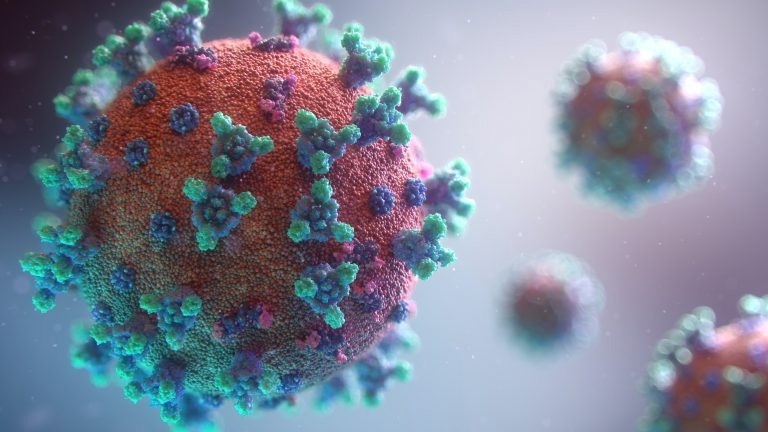Can the SARS-CoV-2 vaccine reactivate previously suppressed antibody responses and pave the way for a unified coronavirus vaccine? According to a new study published in Cell Reports, a recent analysis of the antibody response to a COVID-19 vaccine implies that the immune system’s origin with other coronaviruses, such as those responsible for the common cold, influences the patient’s response.

Image Credit: Northern Arizona University
A team of researchers led by scientists at City of Hope’s Translational Genomics Research Institute (TGen) and Northern Arizona University (NAU) discovered that the vaccine produces antibodies that aim regions of the SARS-CoV-2 spike protein, which are distinctive to the new virus and protein regions that are interacted or conserved among several coronaviruses.
Furthermore, the antibody response to these coronaviruses tends to take divergent routes. The reaction to common cold coronaviruses began early but faded over the course of 140 days post vaccination. Over time, the response to SARS-CoV-2 grew stronger and better.
The findings could help fine-tune the design of future vaccines or new monoclonal antibody treatments, perhaps leading to a universal coronavirus vaccine.”
John Altin, PhD, Senior Author and Assistant Professor, Pathogen Genomics and Integrated Cancer Genomics Divisions, City of Hope’s Translational Genomics Research Institute
“Even if the response to the conserved regions is just a small part of the vaccine’s overall protection, it may be a response that could be leveraged in future vaccines against future variants of the COVID-19 virus,” he added.
Altin and coworkers are now examining the antibodies that attack the two conserved regions recognized in their research to see if they are widely neutralizing antibodies that produce immunity against new virus variants.
Utilizing PepSeq technology created by Altin and co-author Jason Ladner, PhD, an assistant professor at NAU’s Pathogen and Microbiome Institute, the scientists were able to cautiously map antibody responses and monitor them repeatedly in 21 people who have received the Moderna SARS-CoV-2 vaccine over 140 days.
Individual peptides (protein building blocks) are matched with unique DNA tags using this technology. Researchers can use the tags to determine which peptides are being aimed by antibodies.
Altin and his coworkers are now conducting a more thorough investigation. Prior to PepSeq, scientists had to measure the response of antibodies to a single protein target at a time.
“PepSeq allows us to perform up to hundreds of thousands of measurements of antibodies against different parts of virus proteins all at the same time from the same sample,” Ladner said.
PepSeq also assists researchers in exactly mapping an antibody response to particular regions of a protein. This enabled Ladner, Altin, and their coworkers to compare antibody responses to divergent and conserved areas of the SARS-CoV-2 Spike protein.
Our theory is that there is actually memory from previous common cold coronavirus encounters, and when you get the vaccine for SARS-CoV-2, the vaccine reawakens some of those memories. Then you see this early response which is basically just a rapid memory response to what you’ve already seen.”
John Altin, PhD, Senior Author and Assistant Professor, Pathogen Genomics and Integrated Cancer Genomics Divisions, City of Hope’s Translational Genomics Research Institute
“With time, the immune system can reshape those responses more in the direction of the pandemic virus.”
Prior to COVID-19, Ladner and Altin used PepSeq to examine the huge array of viruses that infect humans.
The prevailing technology bids a way to “understand something about the viruses that a person has been exposed to in the past and the immune response to those infections,” Ladner said.
Ladner and his coworkers, for example, are investigating whether certain chronic diseases, like Type 1 diabetes and celiac disease, may have some of their origins in different viral exposures.
Researchers also use the technology to look for differences in rates of infection between various populations, to determine how this exposure history may be linked to health discrepancies between those populations.